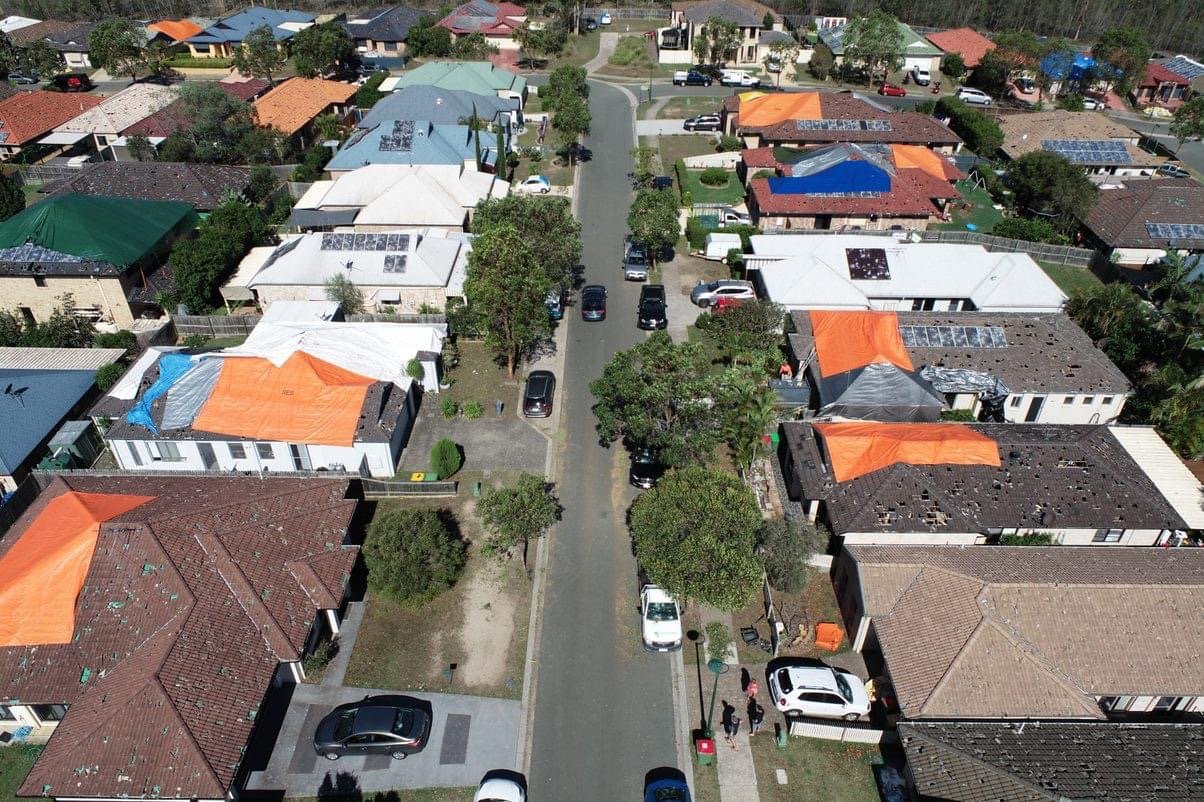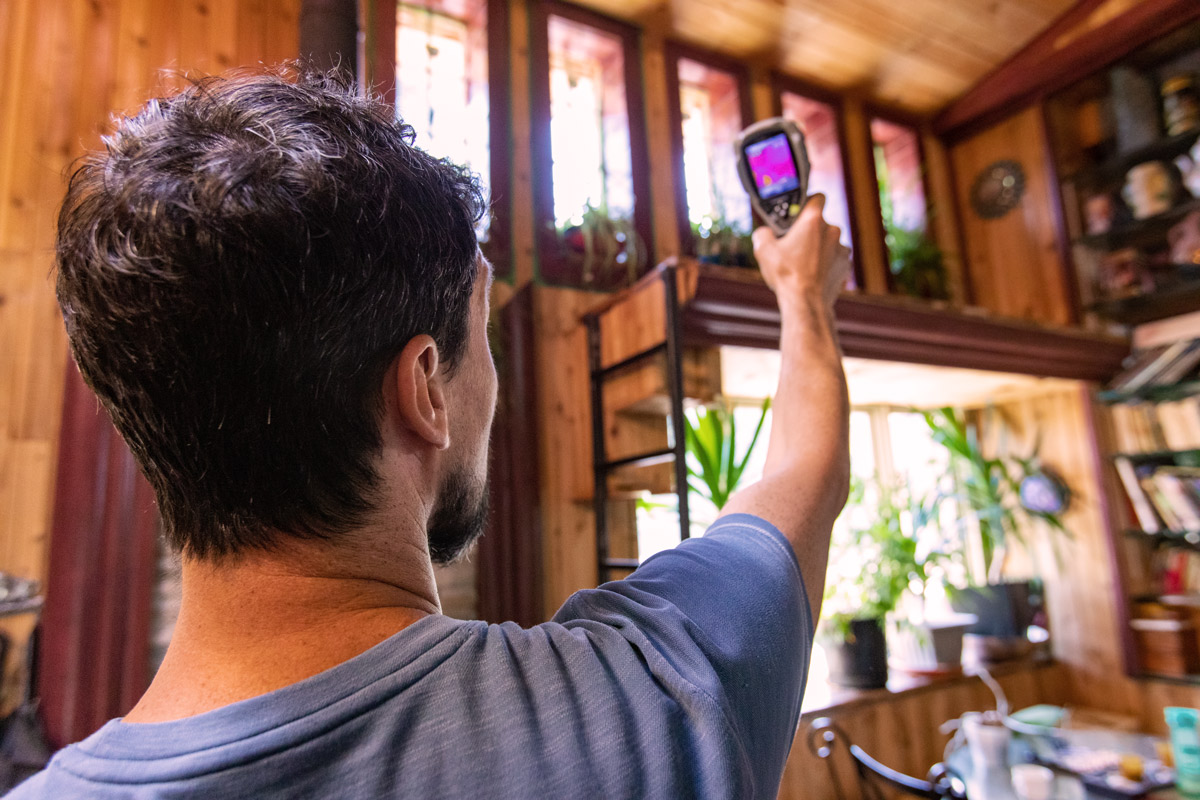
Approximately 10,000 Queenslanders in the southeast parts of the state were in complete blackout with more than 5000 of residents having filed insurance claims in the aftermath of severe hail storms that hit the region in what is considered Brisbane’s worst hail event since 2014.
According to the Bureau of Meteorology (BOM), “giant” hail measuring about 14 centimetres fell along a stretch between Amberley and the northern Logan suburbs, and likely one of the biggest ever recorded nationwide.
In a statement, meteorologist Michael Gray explained that even though Australia’s records were incomplete, the hailstone that fell during the Saturday polls was “significant and among the largest that we know about”.
“And certainly not something that you see very often either,” he added.
The Insurance Council of Australia declared the event a “catastrophe” and the first in the 2020/21 natural disaster season, with insurers receiving over 5000 claims by Sunday at 2pm.
A disaster hotline has been provided to assist residents as an industry taskforce is also put in place to attend to any emerging issues with the state government and emergency services. Early projections show losses to the tune of $60 million.
According to RACQ spokesperson Lucinda Ross, the storm caused the “worst hail damage” since 2014 when a freak storm left tens of thousands of households and businesses counting losses with the overall damage bill amounting to over $1 billion.
“We’ve already had 1380 claims come in for damage - more than 900 for vehicle damage overnight, and 480 for home damage,” she stated. “The worst of the damage, according to our claims, is in Springfield, Rosewood, Greenbank and Boronia Heights.
“It’s been a terrifying experience for many people and we’re working hard to make sure we can help our members process their claims as soon as possible and fix any damage.”
Energex reported that about 14,000 consumers were still experiencing a power outage early Sunday morning after the storm downed more than 120 powerlines—mostly on the Sunshine Coast. About 300,000 lightning strikes were recorded.
This blackout number peaked at 52,000 on Saturday night but dropped to nearly 10,000 by midday, with the BOM warning that some residents would have to wallow through darkness up to Sunday.
The hail came alongside strong wind gusts as significant damage was reported in various areas from Redcliffe along the bayside to Kingston in the city’s south. Mr Gray noted that one of the gusts at Moreton Bay measured 100km/h.
As rainfall totals in the southeast struggled to hit the 50mm mark, less than 25mm of rain was received in most regions.
The storms which were tagged “volatile and life-threatening” triggered an urgent warning from the BOM that saw trains get suspended due to fallen trees along tracks.
Three people escaped injury after the roof of a house collapsed on the outskirts of Ipswich.
Weather conditions are set to calm over the southern parts of the state as warm temperatures are forecast in most areas.
“Another trough system may move through southern Queensland from the west late in the week with showers and thunderstorms potentially returning to the south-east,” Mr Gray stated.
“Although there remains large uncertainty with the timing and strength of this system.”
He further noted that the extended period regarding low-pressure systems over eastern Australia this month could be associated with a positive Southern annular mode phase—a major climate driver capable of influencing temperature and rainfall.
The SES handled around 3400 jobs in a span of 10 days after the freak storm of November 2014 with Moorooka, Archerfield and Annerley regions being the most affected.
Image credit: ARCH Project Group
Need Assistance?
Ready To Start Your Claim Review?
Contact us to book a no‑obligation claim review.


